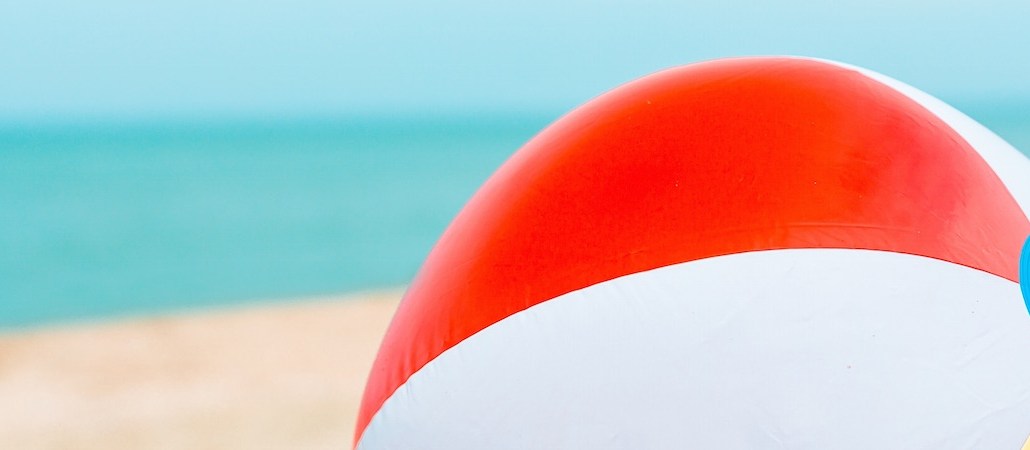
If Snapchat can’t make money with advertising, perhaps it has a future in merchandising.
For only $24.99, the disappearing photo sharing app is selling an “Official Snapchat Beach Towel,” exclusively available on Amazon. Colored in its signature yellow, the towel is adorned with the spooky ghost logo and is bordered with the same photo editing tools and buttons that’s in the app.
Judging by the product’s wacky description listing its uses, the author was suffering with sun drowsiness when they wrote it. “[Y]ou can wrap it around you for warmth as you bound across the cold moons of Ephemera Beta,” it says, adding it can be used for “hand-to-hand combat” or used to “wrap it round your head to ward off noxious fumes.”
Our biggest question is what kind of material is it made from, perhaps a fine terry cloth or a velour cotton?

Either way, one of the two reviews complains that it “promptly disappeared 3 seconds later” after they placed it on the sand. Yuk, yuk.
The towel is Snapchat’s second addition to its burgeoning Amazon store, with the other item being an Official Snapchat Plushie that’s only $8.99 — an alternative for the budget-conscious.
But, if they’re ordered together, there’s free shipping so now you know what to get us on the next Prime Day.
More in Media

Here are the biggest moments in AI for publishers in 2025
Here are some of the moments that defined how publishers adapted to the AI era this year.

Digiday+ Research roundup: Gen Z news consumption and diversification in the DSP space were 2025’s top trends
As 2025 winds down, we rounded up the biggest trends of the year, based on the data that resonated the most with Digiday’s readers.

What publishers are wishing for this holiday season: End AI scraping and determine AI-powered audience value
Publishers want a fair, structured, regulated AI environment and they also want to define what the next decade of audience metrics looks like.





